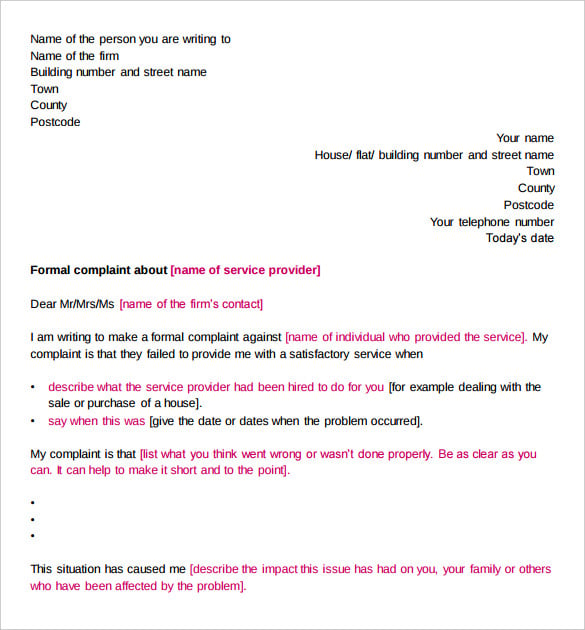

In order to encourage the settlemennt of litigation, some jurisdictions even provide for a doubling of costs where a formal offer to settle has been made and when rejected, the result at trial is in most points similar to the rejected proposed terms of settlement. Many jurisdictions have since codified the impact the rejection of a formal offer to settle can have on costs if the result after trial is similar to the offer. What has become known as a Calderbank letter developed into a recognized procedure to set up an award of costs based on a willingness to settle.' The Court also suggested that a letter like the one used in this case by the plaintiff should sound in costs. Calderbank was entitled to her costs, as from the date on which she made her willingness to settle known. The judgment was less favourable to him than what Mrs. Calderbank did not agree and the case went to trial. Before trial, she swore an affidavit declaring herself willing to accept a certain result in the litigation going on between herself and Mr. Calderbank was seeking a declaration under the Married Women’s Property Act, 1882, not recovery of debt or damages. In, Justice Harvey wrote, at 34: 'A Calderbank letter is an offer to settle made without prejudice, except as to costs.' In Ferris, Justice Drost added: ' Calderbank letter should have an effect upon the question of costs similar to that of an offer to settle, that is, to allow the court in appropriate cases to punish a party for failing to accept a reasonable offer of settlement, thus forcing an unnecessary trial.' In, the Court gave this summary of the history of the original 1975 case in which the principle of Calderbank letters was derived: 'It was in a legislative vacuum that the English Court of Appeal made its ruling in Calderbank. So-called after the English judicial decision in which the principle was developed.


 0 kommentar(er)
0 kommentar(er)
